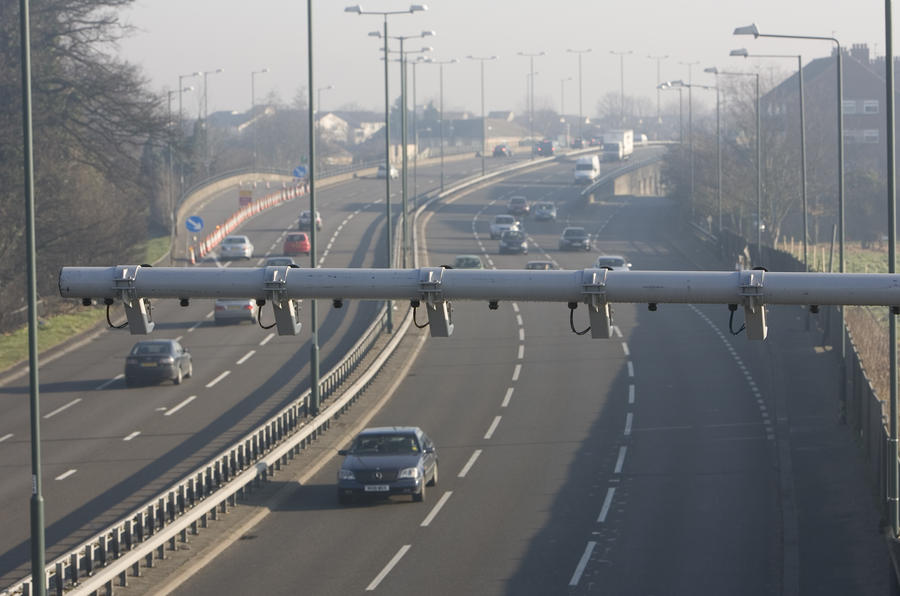The stationary vehicle detection (SVD) technology being rolled out across the smart motorway network in England could fail to warn operators about thousands of stranded cars per year, a report has suggested.
Smart motorways sacrifice the hard shoulder for an extra lane of traffic, with designated stopping areas 1.5 miles apart. Many drivers and industry figures believe smart motorways are inherently unsafe.
A 2015 trial conducted on an eight-mile stretch of the M25 over six days resulted in 192 stationary vehicle ‘events’ being picked up, but CCTV later revealed that there had been 294 – a success rate of just 65%.
To receive the latest industry news, please click here to sign up to the Autocar Business newsletter
Of the 102 occasions where the system didn’t highlight a problem, 62 are classified as ‘allowable missed detections’, including one incident where a vehicle was stopped for only a handful of seconds and 16 more that were detected by cameras but fell outside of the range of individual radar units, believed to be 250 metres in either direction.
Highways England now admits that the report contains errors, claiming these 17 incidents should be discounted from the 294 outlined initially. It says a further 45 incidents were merely mislabelled as ‘allowable missed detections’ when the SVD system had worked properly only for the system to automatically suppress the alert.
Automatic suppression of warnings is sometimes necessary so that operators aren’t overwhelmed with false alarms.
Highways England now says the SVD system worked 237 times out of 277, a success rate of 85.6% and above the 80% benchmark required to meet the minimum standard, even allowing for a 3.9% margin for error.
It admits that 40 missed detections were genuine, including seven instances attributed to ‘blindspots’ in the radar system.
Analysis conducted by Highways Magazine - which disputes the explanations given by Highways England - indicates that 2400 stationary vehicles could be missed annually on just a 13km (eight-mile) stretch of the smart motorway network.
An estimate from the RAC suggests there will be 788 miles of smart motorways by 2025.
A second trial of the SVD system was conducted in 2018, although Highways England says it won’t publish the report on the basis that it contains sensitive information belonging to its providers.
Highways England claims this trial can’t be compared with the most recent study. The first trial focused only on ‘low-flow’ traffic when motorways are quietest, which is when SVD is primarily designed to operate.






Join the debate
Add your comment
What a wonderful system SVD is, least effective when motorways are busy, when the risks are surely greatest...
The main priority for any highway authority is public safety above anything else. Smart motorways do not put public safety first which Highways England clearly knows is the case.
I'll accept a 15% chance of a collision, it seems like a good number, to err is human after and humans designed the machines so it seems acceptable as collateral damage for the driver and any family onboard.
Well that's very noble of you but I value my family rather more than that.
Obviously, going undetected doesn't increase the risk of a collision to 100% but then, neither does being detected guarantee safety. I'm dubious about the acceptability of the official standard of 1-in-5 chance of being undetected while stopped in a live lane.